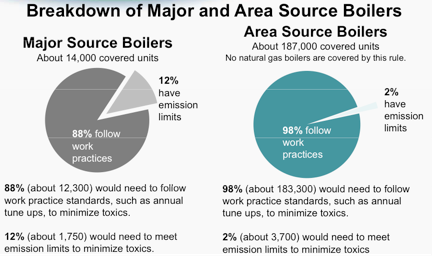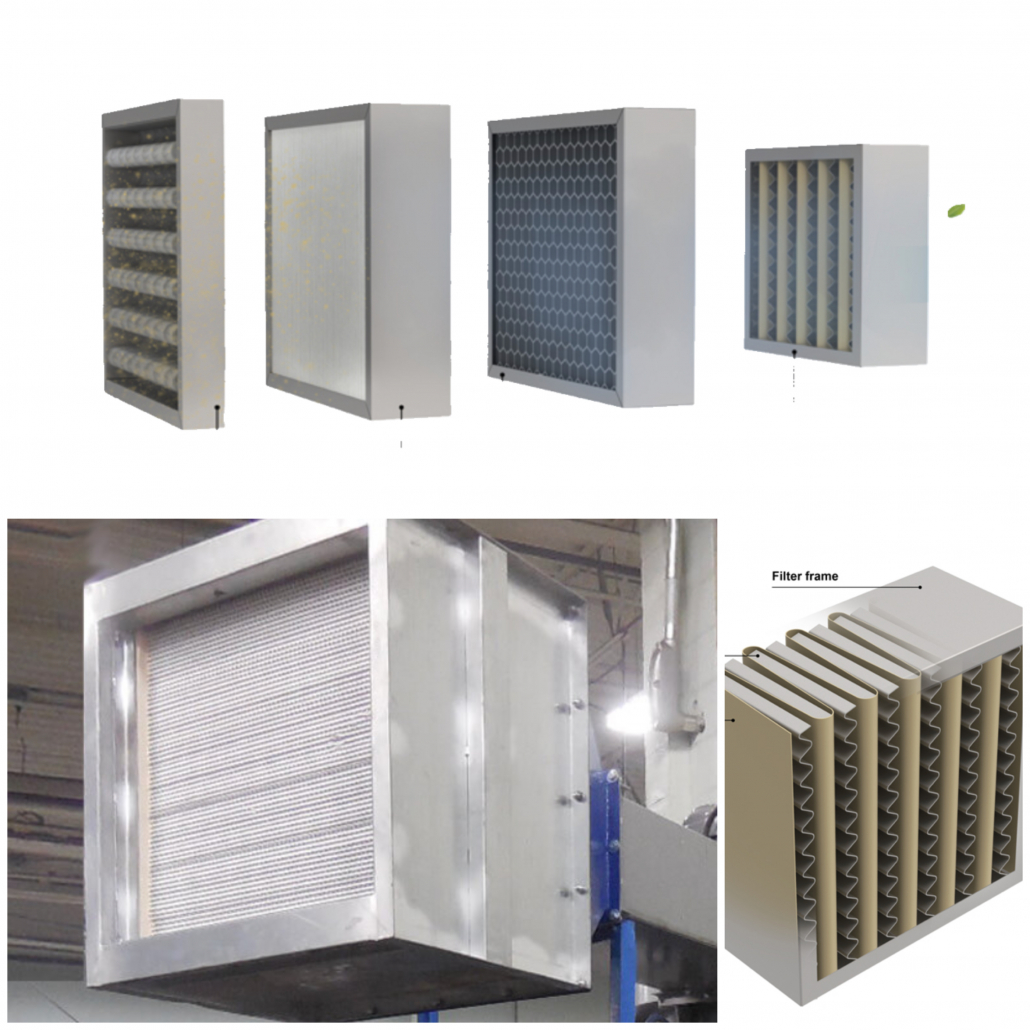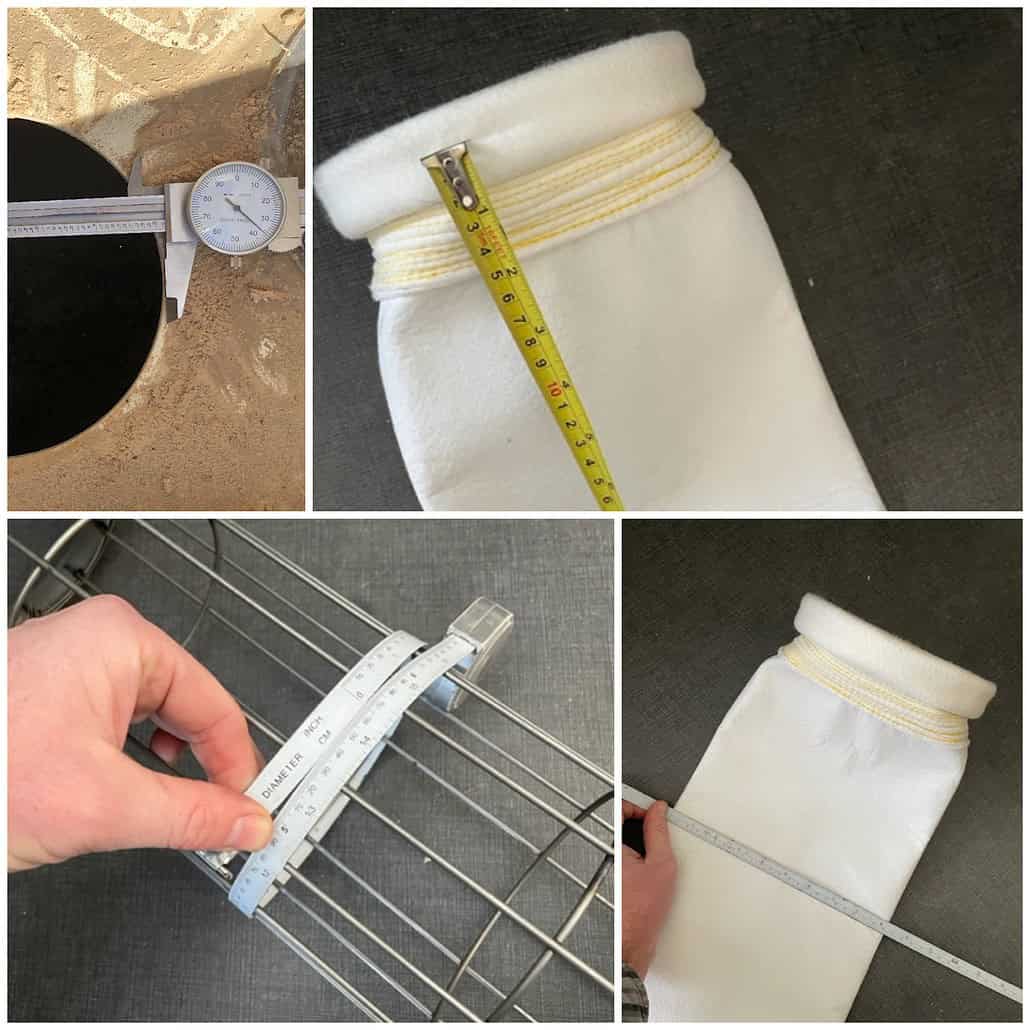Revised standards will bring dramatic benefits to public health, and cost nearly 50% less than initial proposals
By Dominick DalSanto
Environmental Technology Expert & Author
Baghouse.com
The Environmental Protection Agency (EPA) has issued its final set of Clean Air Act standards for boilers and incinerators. The new standards will lead to a reduction of harmful emissions including mercury, and soot from this equipment. Recently federal court orders had charge the agency with the task of issuing final standards ahead of its proposed date. The new set of standards are expected to cost approximately 50 percent less to implement than the original proposal.
The court’s directive from September 2009 led to the EPA issuing a proposal of new standards in April 2010. The court case struck down a set of industry standards that had been proposed and adopted during the Bush administration. After receiving much public input, the EPA made substantial changes and was granted an additional 30 days by the court in December 2010 to implement as much as the public’s input as possible.
The proposed public health benefits for this plan are quite extensive. Exposure to emissions of mercury, soot and several other harmful compounds are very damaging to humans. These pollutants aggravate preexisting conditions such as cancer, heart disease, and asthma, and are especially hard on children, even causing developmental disabilities in some. The EPA estimates that between 2,600 to 6,600 premature deaths will be avoided along with 4,100 heart attacks, and 42,000 asthma attacks.
Much of the public comment on the proposed set of regulations involved the initially high cost of implementation. However, the newly revised standards represent a dramatic cut in the cost of implementation, while maintaining maximum public health benefits. As a result, EPA estimates that for every dollar spent to cut these pollutants, the public will see between $10 to $24 in health benefits, including fewer premature deaths.
Over 4,800 comments were received from both industry, and communities throughout the United States. This included a substantial amount of new information from industrial sources that had previously not been considered. In addition, President Obama recently issued an executive order that called on the EPA to reform its regulatory review process to ensure maximum protection for public health, while not unattainable burdens upon industry. Based on these factors, the EPA revised the proposed, standards, to provide addition flexibility and cost effective techniques – achieving significant pollution reduction and important health benefits, while lowering the cost of pollution control installation and maintenance by about 50 percent, or $1.8 billion.
Details of the new EPA Clean Air Act Standards for Incinerators, and Boilers

Emissions from industrial boilers now must conform to EPA emission standards. This includes installing pollution control technologies such as Dust Collectors, and Air Scrubbers to remove harmful compounds from the air.
Several different kinds of boiler and incinerator equipment are covered by the new EPA regulations, including:
- Boilers used at heavy emissions sources: The approximately 13,800 boilers located at large sources of harmful emissions including chemical manufacturing plants, oil refineries, and similar industrial locations. These standards will reduce the emissions of harmful pollutants at these sources including: mercury, organic air toxins, and dioxins. Estimates for the cost of implementing these new standards in this sector are now $1.5 billion lower than the initial projected cost. Health benefits associated with reduced exposure to these harmful compounds, fine particles, and ozone are projected to save between $22 billion to $54 billion in 2014.
- Boilers at light emissions sources: There are about 187,000 boilers located at small sources of air pollutants, including universities, hospitals, hotels and commercial buildings that may be covered by these standards. Due to the small amount of emissions these sources are responsible for, EPA has limited the impact of the final rule making on small entities. The original standards for these have been dramatically refined and updated to ensure maximum flexibility for these sources, including for some sources, revising the requirement from maximum achievable control technology to generally available control technology. The cost reduction from the proposed standard to the final is estimated to be $209 million.
- Solid waste incinerators: There are approximately 88 solid waste incinerators are employed in commercial or industrial settings. These include those used in cement manufacturing facilities. These standards, which facilities will need to meet by 2016 at the latest, will reduce emissions of harmful pollutants including mercury, lead, cadmium, nitrogen dioxide and particle pollution. The cost reduction from the proposed standard to the final is estimated to be $12 million.
In separate but related actions, EPA is finalizing emission standards for sewage sludge incinerators. While there are more than 200 sewage sludge incinerators across the country, EPA expects that over 150 are already in compliance. These standards will reduce emissions of harmful pollutants including mercury, lead, cadmium, and hydrogen chloride from the remaining 50 that may need to leverage existing technologies to meet the new standards.
2,600 to 6,600 premature deaths will be avoided along with 4,100 heart attacks, and 42,000 asthma attacks.
EPA has also identified which non-hazardous secondary materials are considered solid waste when burned in combustion units. This distinction determines which Clean Air Act standard is applied when the material is burned. The non-hazardous secondary materials that can be burned as non-waste fuel include scrap tires managed under established tire collection programs. This step simplifies the rules and provides additional clarity and direction for facilities. To determine that materials are non-hazardous secondary materials when burned under today’s rule, materials must not have been discarded and must be legitimately used as a fuel.
The agency recognizes that secondary materials are widely used today as raw materials, as products, and as fuels in industrial processes. EPA believes that the final rule helps set protective emissions standards under the Clean Air Act.
The emissions standards for sewage sludge incinerators and the definition of solid waste are not part of today’s reconsideration.
About 200,000 boilers are located at small and large sources of air toxic emissions across the country. The final standards require many types of boilers to follow practical, cost-effective work practice standards to reduce emissions. To ensure smooth implementation, EPA is working with the departments of Energy (DOE) and Agriculture (USDA) to provide the diverse set of facilities impacted by the standards with technical assistance that will help boilers burn cleaner and more efficiently. DOE will work with large coal and oil-burning sources to help them identify clean energy strategies that will reduce harmful emissions and make boilers run more efficiently and cost-effectively. In addition, USDA will reach out to small sources to help owners and operators understand the standards and their cost and energy saving features.
About the Author
| Dominick DalSanto is an Author & Environmental Technologies Expert, specializing in Dust Collection Systems. With nearly a decade of hands-on working experience in the industry, Dominick’s knowledge of the industry goes beyond a mere classroom education. He is currently serving as Online Marketing Director & Content Manager at Baghouse.com. His articles have been published not only on Baghouse.com , but also on other industry related blogs and sites. In his spare time, Dominick writes about travel and life abroad for various travel sites and blogs.






